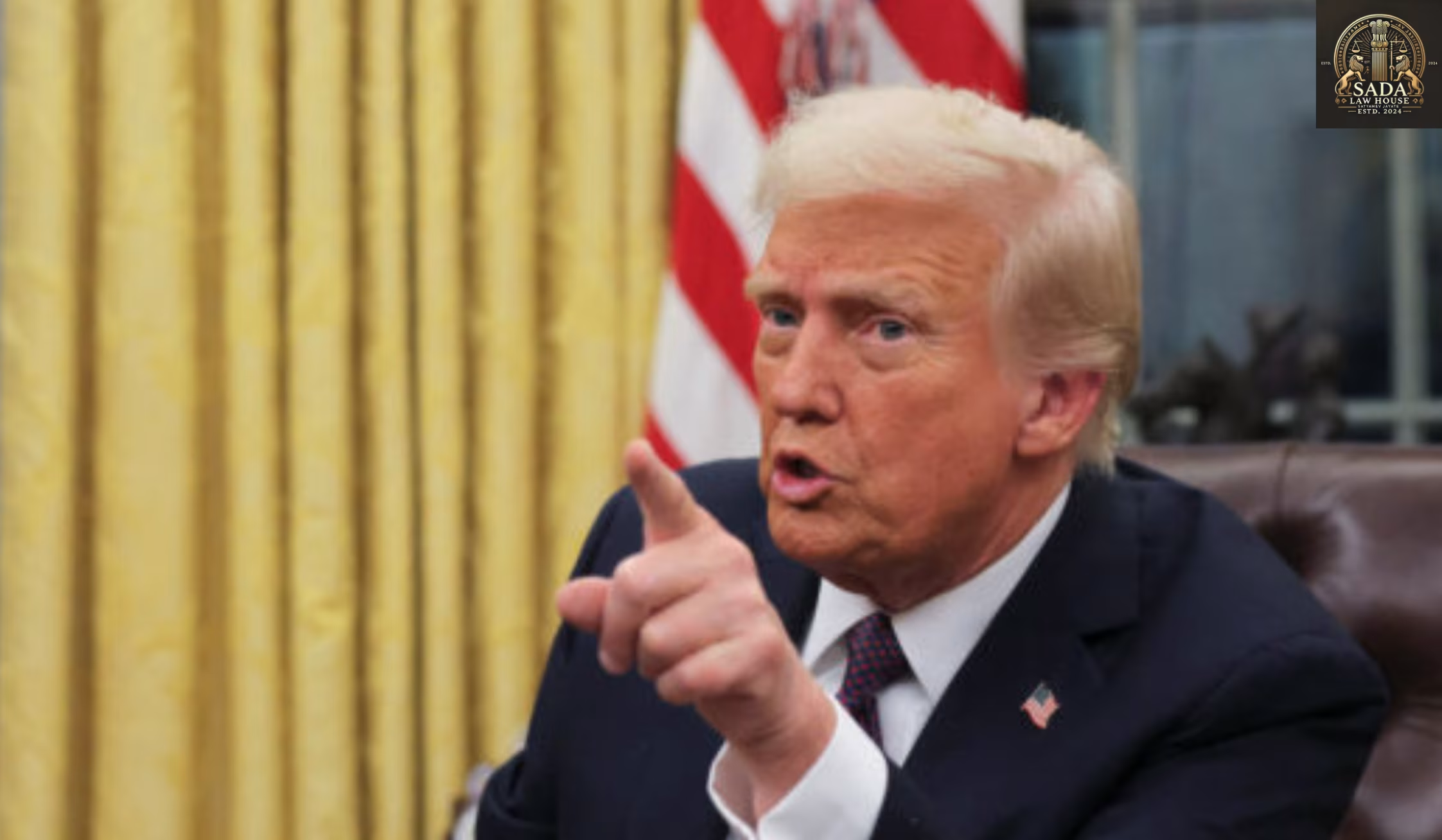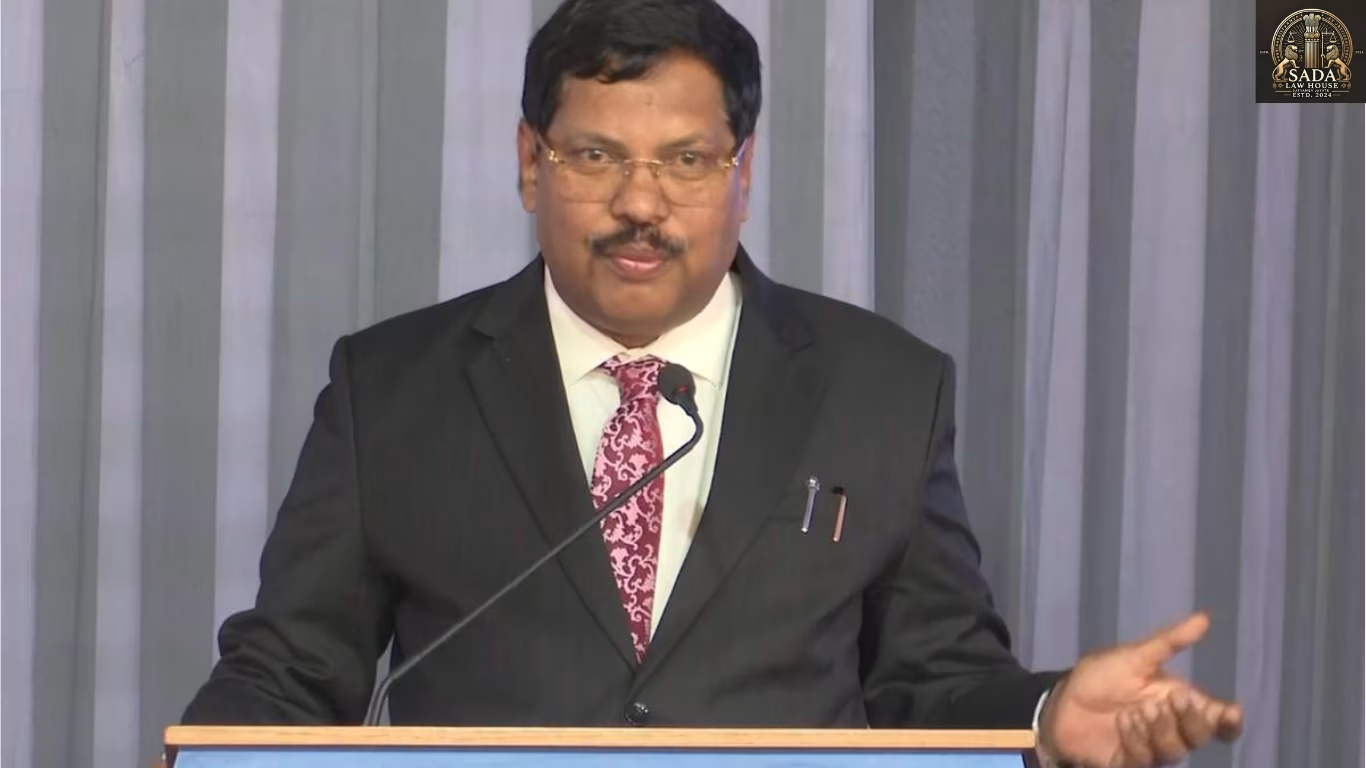Trump Signs Sweeping Economic Orders: Tariffs, Spending Cuts, and Immigration Clampdown
- Shristi singh
- 28 AUG 2025

On 27 August 2025, U.S. President Donald Trump announced one of the most ambitious single-day economic agendas of his presidency. Through multiple executive orders, Trump imposed:
Massive tariff hikes on China, Mexico, and the European Union.
Immediate federal spending freezes across most domestic agencies.
Stricter immigration rules limiting work visas and refugee admissions.
The White House framed these moves as a step to “restore American strength and prosperity,” while economists and global leaders warned of financial and humanitarian fallout.
Key Measures Announced
1. Tariff Escalation
China: 25% tariff on $300 billion worth of goods including electronics, steel, and automotive parts.
EU: 15% tariff on luxury goods, agricultural products, and vehicles.
Mexico: 20% tariff on steel, avocados, and auto components, raising NAFTA tensions.
Trump justified the tariffs as retaliation against “unfair trade” practices and vowed that America will no longer be a dumping ground for cheap foreign labor and products.
2. Federal Spending Cuts
Freeze on discretionary spending across non-defense agencies.
10% reduction in staffing budgets outside defense, veterans’ affairs, and border security.
Cuts to green energy and climate programs, redirecting funds to military and border wall construction.
3. Immigration Restrictions
Suspension of new refugee admissions for the remainder of 2025.
Severe limits on H-1B and H-2B visas.
Increased deportations of undocumented immigrants, funded by cuts to domestic programs.
Immediate Economic Impact
Stock Market: Dow Jones fell 1,200 points; tech, auto, and agriculture sectors were hardest hit.
Currency & Inflation: Dollar strengthened briefly; analysts warned of inflation due to rising import costs.
Investor Uncertainty: Bond yields spiked as markets priced in recession risks. Experts warned of a “trade war 2.0.”
Political and Public Reactions
Republican Support
Trump loyalists praised the measures. Senator Josh Hawley called the tariffs a “hammer blow to China’s cheating economy.”
Democratic Opposition
Senate Majority Leader Chuck Schumer criticized the orders as reckless, warning of job losses and higher inflation.
Business Leaders
U.S. Chamber of Commerce and tech CEOs denounced tariffs.
Farmers feared retaliatory measures from China and Mexico.
Public Sentiment
Divided electorate: working-class Trump supporters welcomed protectionism; urban voters worried about rising prices and visa restrictions.
International Fallout
China: Threatened retaliatory tariffs on soybeans, aircraft, and semiconductors; accused the U.S. of “economic blackmail.”
European Union: Signaled possible counter-tariffs on U.S. whiskey, Harley-Davidson motorcycles, and agricultural exports.
Mexico: Warned that tariffs violate USMCA; hinted at legal action.
Global Financial Institutions: IMF and World Bank warned of a global economic slowdown.
Analysis – Why This Matters
Economic Gamble – Tariffs and spending cuts aim to pressure trade partners but risk inflation and supply chain disruptions.
Immigration Crackdown – Nationalist appeal but threatens sectors reliant on migrant labor.
Shift in U.S. Priorities – Cuts to climate/social programs reflect Trump’s America First doctrine.
Geopolitical Risks – Retaliation from trade partners could destabilize global supply chains.
Election Dynamics – Framing himself as defender of American workers, Trump may influence voter sentiment ahead of elections.
Implications Going Forward
Trade Wars: Reciprocal tariffs may drive global prices up and slow growth.
Domestic Legal Challenges: Potential lawsuits on spending authority and immigration orders.
Economic Effects: Inflation could exceed 5% by early 2026; unemployment may rise.
Global Trade Realignment: China, EU, and emerging economies may strengthen alliances against U.S. dominance.
Conclusion
President Trump’s 27 August 2025 executive orders redefine U.S. economic and immigration policy. While reinforcing America First, they carry risks of trade conflict, market volatility, and international friction. The long-term consequences will shape not only Trump’s presidency but also the global economic order heading into 2026.






